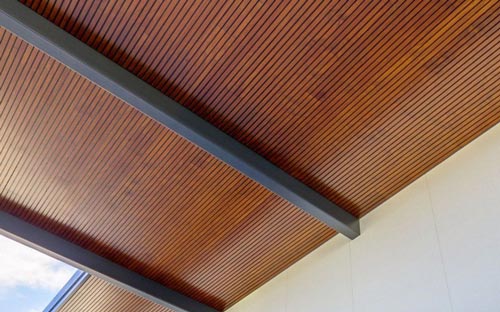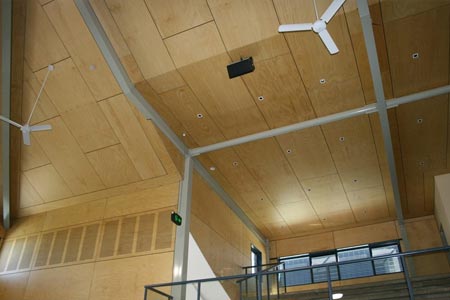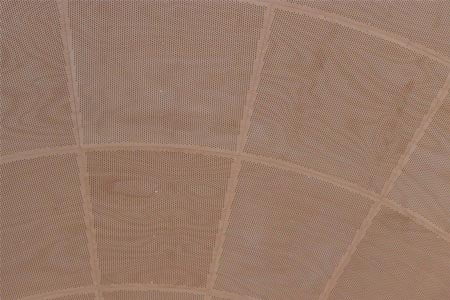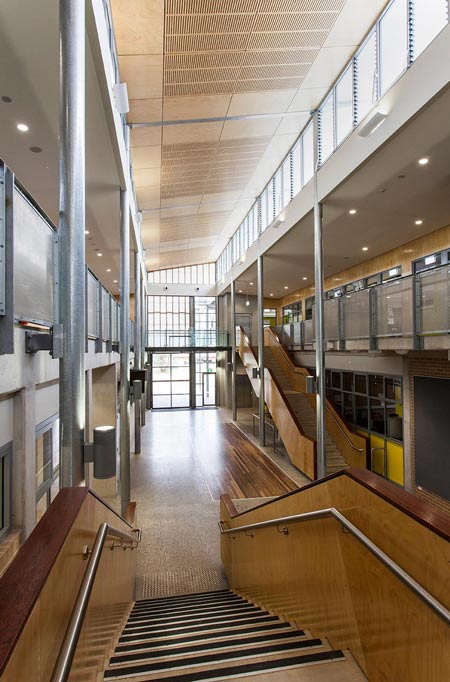In previous years, you were more likely to see plywood used in residential projects rather than in commercial or industrial spaces. However, recent developments in plywood manufacturing have led to growth in its popularity. More and more designers and builders include at least one plywood ceiling in a portion of their projects. You can now find plywood adorning the ceilings of offices, restaurants and museums.
So are you wondering if taking a similar route would be beneficial to your construction? Let’s take a look at the seven benefits of using plywood for ceilings.
Why install a plywood ceiling?
Plywood might not be your obvious choice as ceiling material. It’s because there are so many other materials you can choose from. There’s gypsum ceiling board, plaster of Paris, vinyl and fibre-cement just to name a few.
However, plywood offers certain advantages you won’t find anywhere else. We’ve listed down several of them that come to mind.
1. Plywood is strong and durable

It’s easy to underestimate the strength and durability of plywood. After all, the material usually comes in thin wooden sheets. But plywood is actually a lot tougher than what many people think.
To produce a single plywood sheet, manufacturers select wood veneers from hardwoods and softwoods. These include ash, maple, mahogany, Douglas fir, pine, cedar and spruce.
They arrange the wood chips in a layout and bond them together using glue. They then compress the veneers using a hot press. This bonding process helps make the plywood sheet strong and durable. Its tensile strength is high enough to withstand impact damage.
Plywood also has high resistance against water and chemical damage, albeit not as high as natural wood.
All of these traits make plywood an excellent sheathing for your ceiling.
2. Plywood is easy to handle
Another advantage to using plywood is that it’s lightweight. The material isn’t as heavy as most natural wood products. You can add plywood to your ceiling without worrying about its weight. You don’t need to use any additional support just to install it.
The material is also much more workable than hardwood. You can cut a sheet of plywood into different sizes without using any special tools.
3. Plywood is flexible to use
Unlike other solid wood products, plywood is flexible enough to be used on curved surfaces. This gives you more freedom to use the material in different ceiling designs.
If you use solid wood, there’s a good chance that the edges would be rough and uneven. You won’t have the same problem with plywood as it can be made to fit any curved surface smoothly and easily.
Plywood’s flexibility isn’t just physical. It’s also easily adapted to the aesthetics of nearly any design plan. Whether it’s exterior or interior plywood, your designer can find the right material to achieve a particular “look” for your plywood ceiling.
4. Plywood is affordable and cost-effective
Using plywood for your ceiling won’t cost as much as other building materials. This can be a godsend especially if you’re working on a large construction project. The bigger area you have to cover, the more material that you’re going to use.
Plywood is also a cost-effective option in the long run. Since plywood is strong and durable, you don’t have to worry about having to repair it all the time. And even if you do need to fix damaged parts, it won’t be expensive to buy replacements.
5. Plywood is visually appealing

Builders often use wood to add style and sophistication to spaces. This is because the human eye is drawn to the beauty of natural wood. Its stains and textures are just so gorgeous to look at.
You can give your ceiling the same beautifying effect using plywood. The material is so versatile that you can use it in almost any design. You can paint and repaint plywood as many times as you want. Or you can stain it to simulate the same look of natural wood.
You can also use stencils to add intricate designs to the plywood. Talk to us about your options.
6. Plywood has good soundproofing

A plywood ceiling gives the added benefit of soundproofing for your space. The material helps soften noise in a given room. This makes it an ideal choice for offices, music rooms and theatres.
If you want to take it up a notch, you can use Sonapanel acoustic plywood for your ceiling. These are panels specially designed to eliminate sound reflection. It offers better soundproofing than traditional plywood.
7. Plywood is sustainable to use and available in environmentally-friendly variants
Two of the biggest concerns about the use of plywood is its sustainability and eco-friendliness. Some people assume that plywood manufacturing results in a high carbon footprint. They also believe that the process uses up a lot of natural resources. While it might have been the case before, the situation is a lot more different these days.
Most plywood manufacturers offer products sourced from sustainably-managed timber plantations. They follow strict regulations when it comes to harvesting the right amount of trees for plywood supplies.
You can also find more environmentally-friendly plywood available in stores. These products don’t use formaldehyde as part of their adhesive. This helps lessen the health concerns involving the use of plywood in indoor spaces.
Conclusion
These are just some of the many advantages of using plywood for your ceiling. Give it a try so you can experience its benefits for yourself.
Contact us to get information on the best product for your project.





